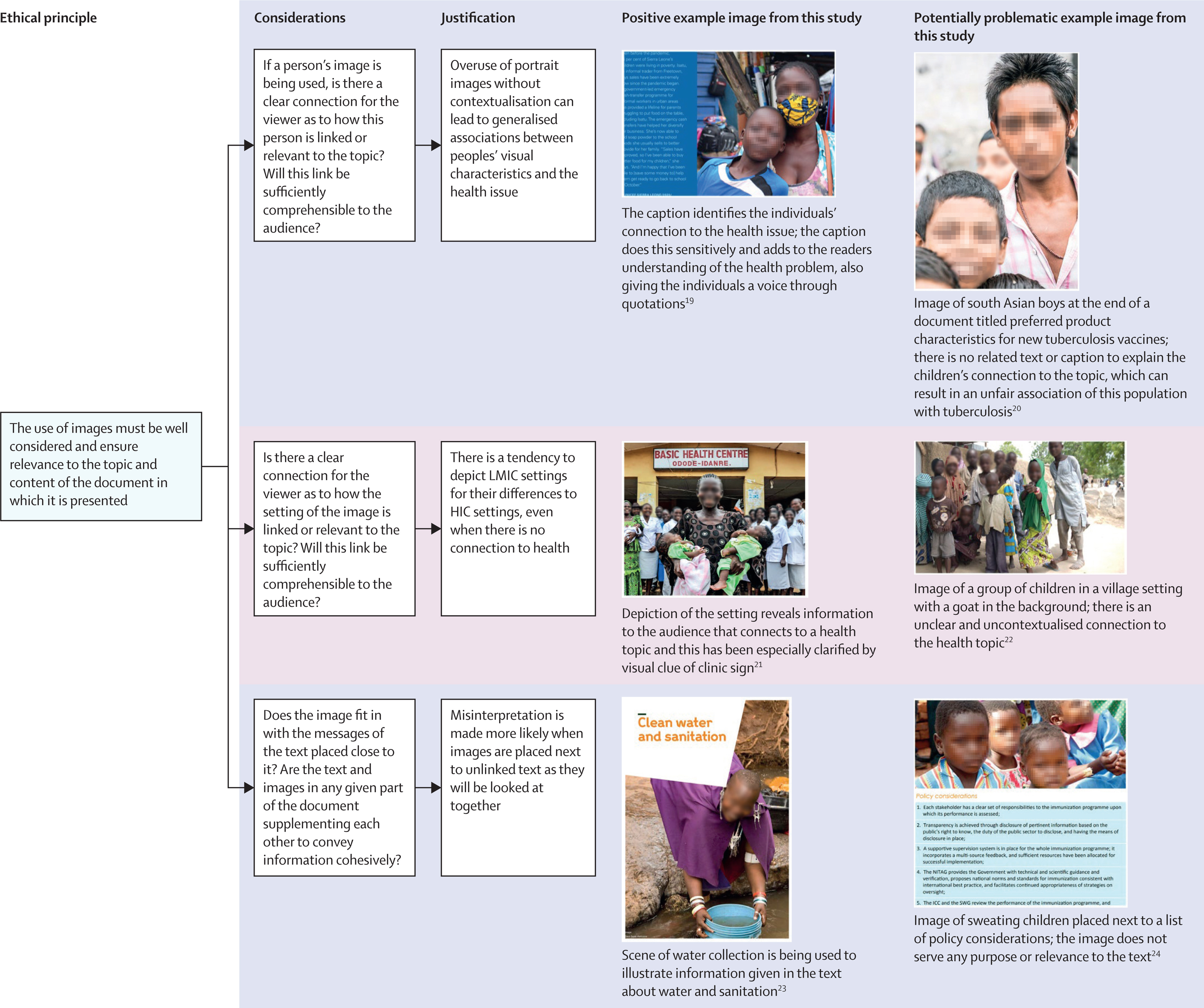This chapter aligns with Goal 3: Good Health and Wellbeing and Goal 15: Life on Land by describing the various methods and metrics to use in assessing animal welfare, from wildlife to livestock to laboratory animals and beyond.
Elsevier,
Obstetrics and Gynecology Clinics of North America, Volume 49, Issue 4, 2022, Pages 809-821
This chapter advances Goals 5 and 3 by discussing a holistic and integrated approach to care delivery for victims of violence that includes medical and psychosocial care, economic empowerment, and legal aid optimizes health outcomes and promotes rehabilitation and reintegration.
This Health Policy paper supports SDGs 3 and 10; the authors did an empirical analysis of the use of imagery by key global health stakeholders and showed that the narrative currently depicted in imagery is one of power imbalances, depicting women and children from low-income and middle-income countries with less dignity, respect, and power than those from high-income countries.
This report supports SDGs 3 and 13 by examining the health effects of climate change globally. It notes the severe harms and health risks being caused by climate change around the world, such as increased extreme weather events, heatwaves, spread of infectious diseases, and threats to food security. It notes the critical need for long-term emissions reduction policies, with a move away from fossil fuels to clean energy sources.
To achieve SDG 13 (Climate action), urban areas must reduce energy use and transition to greener energy sources. This One Earth Research Article shows how innovative photovoltaic windows could contribute, especially in buildings with lots of windows. The work also supports supports sustainable industrialization and innovation (SDG 9) and affordable clean energy (SDG 7).
This article ties to SDG 3. The present work compiles the recent findings of glucocorticoid administration for the prevention of a PTSD phenotype, from human studies to animal models of PTSD.
In response to the COVID-19 pandemic, several international initiatives have been developed to strengthen and reform the global architecture for pandemic preparedness and response, including proposals for a pandemic treaty, a Pandemic Fund, and mechanisms for equitable access to medical countermeasures. These initiatives seek to make use of crucial lessons gleaned from the ongoing pandemic by addressing gaps in health security and traditional public health functions.
This paper supports SDG 3 by developing and validating a novel index to support local elective surgical system strengthening and address growing backlogs due to the COVID-19 pandemic.
Biofilms are a major challenge for the food industry, due to their ability to contaminate surfaces. Foam flow cleaning successfully removed a significant part of one-day biofilms grown on stainless steel surfaces. Life cycle analyses showed that the foam flow process reduces all environmental impacts, mainly due to the reduction in water and energy consumption, which is a crucial contemporary issue.
Talks about the safety and environment of dogs in schools and their interactions with children.

